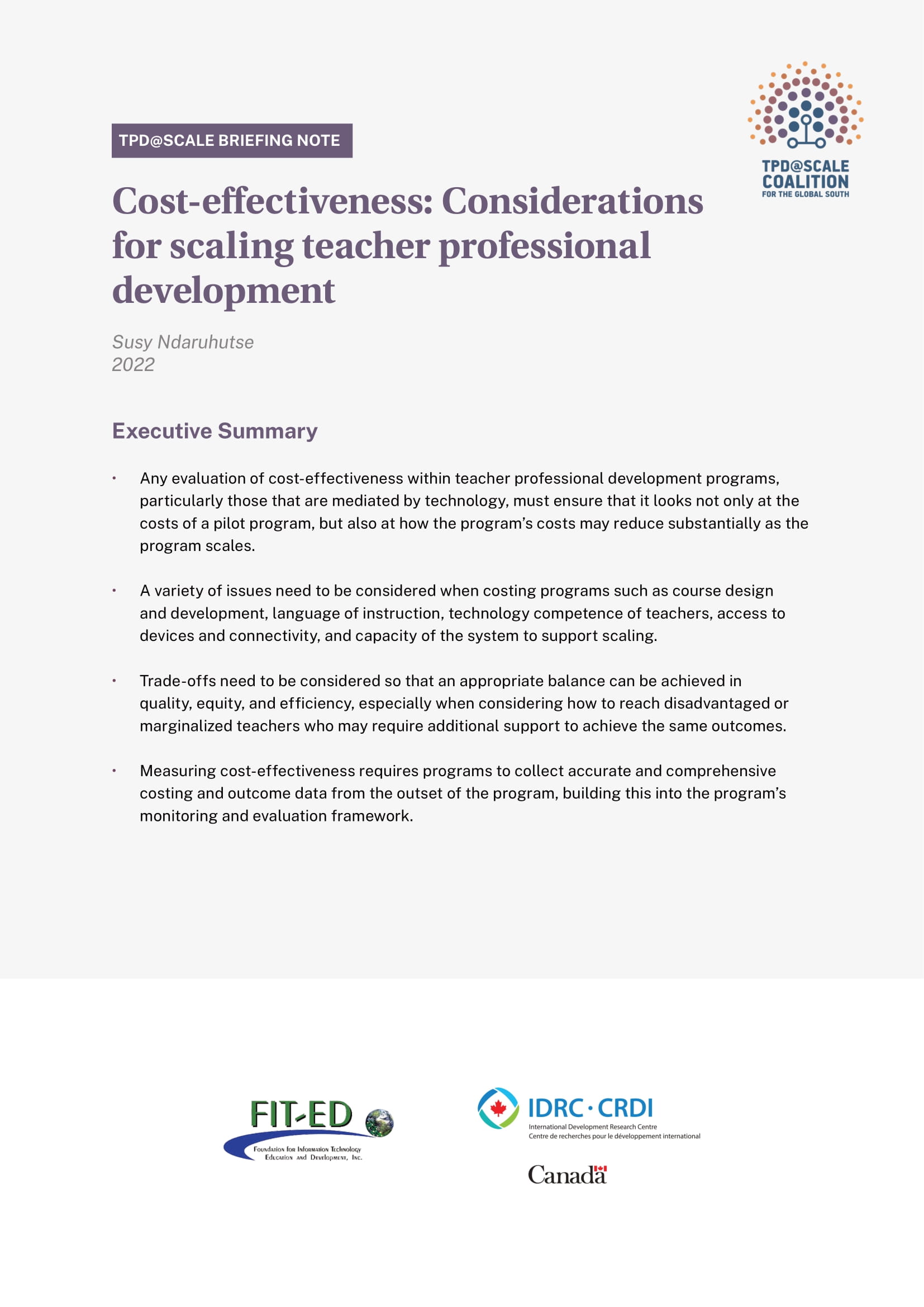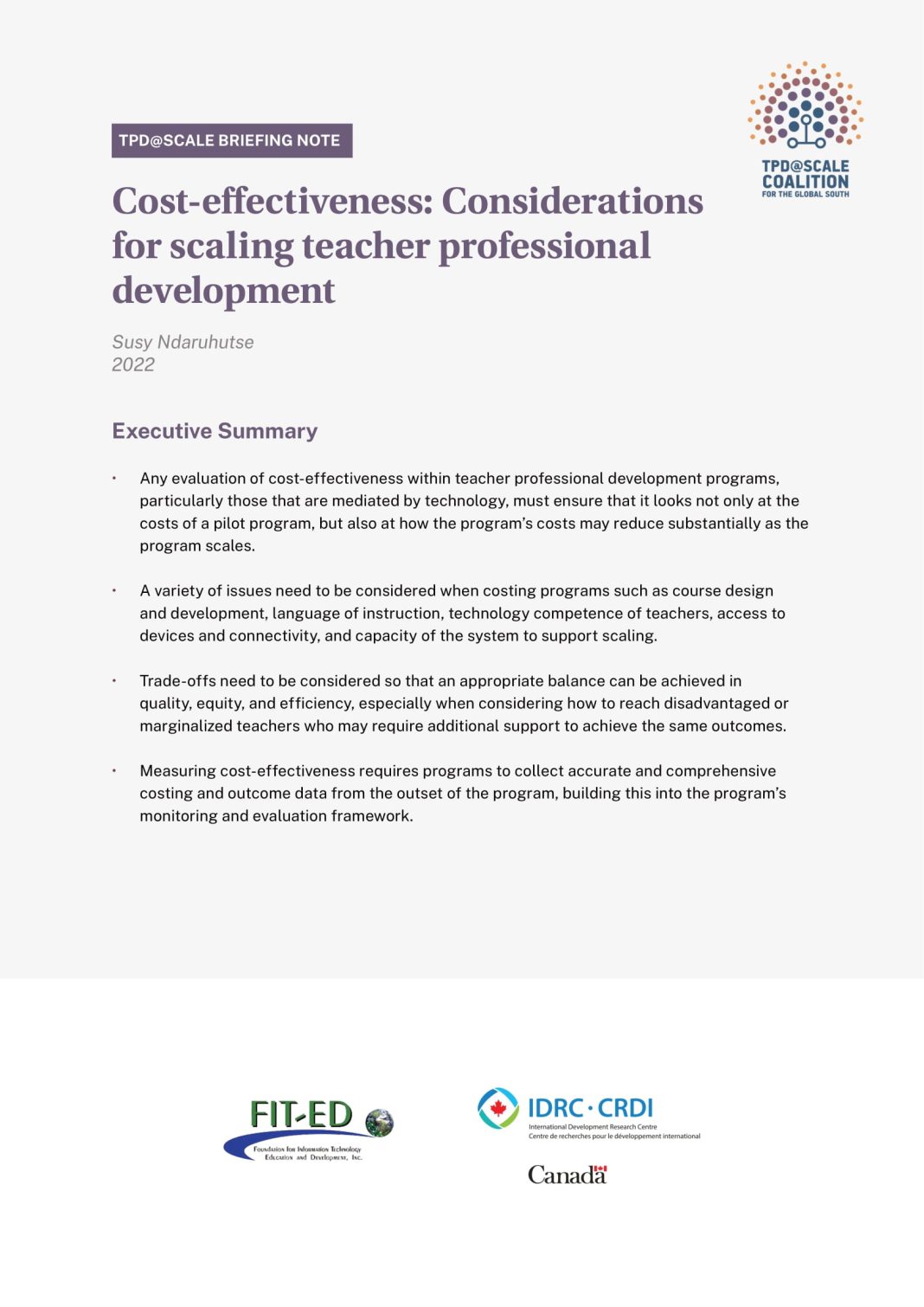 Title: Revamping Subsidy Systems for Wind Farms: Addressing Risks and Cost Considerations
Title: Revamping Subsidy Systems for Wind Farms: Addressing Risks and Cost Considerations
Introduction:
Wind farm projects play a crucial role in achieving net-zero emissions targets. However, a report by the Mission Zero Coalition highlights the challenges faced by major wind farm developers due to the current subsidy system. This article explores the need for alternative mechanisms to mitigate risks and ensure the financial viability of large renewable energy projects.
Challenges with Contracts for Difference (CfD) Auctions:
The report emphasizes that developers lack certainty in wind farm projects due to the government-run subsidy mechanism called Contracts for Difference (CfD) auctions. While CfD contracts provide fixed-price electricity sales, they also pose risks. If the fixed price is too low, costs can escalate, leading to financial viability concerns for wind farm companies. As a result, developers may withdraw from projects. This uncertainty hampers the growth of the renewable energy sector.
The High Cost of Wind Farm Development:
Developing wind farms, especially offshore projects, involves substantial costs. The report estimates that developing a 100 megawatt onshore wind farm may require around £5 million, while a 100 megawatt solar farm could cost approximately £2 million. On the other hand, offshore wind farms may range from £200 million to £400 million. With such significant investments, it is crucial to ensure a sustainable and efficient subsidy system.
The Need for Alternative Systems:
The report argues that a one-size-fits-all approach to CfD auctions is inadequate for large infrastructure projects with significant risks. It calls for alternative systems that consider the unique challenges faced by major renewable energy projects. The current tax regime also creates hurdles for renewable energy development, necessitating improved finance and tax provisions.
Supply Chain Constraints and Unwilling Suppliers:
The report highlights that many suppliers, particularly for turbines and electrical equipment, are hesitant to commit scarce manufacturing slots to projects that may or may not win in a CfD auction. This limited availability of key components adds to the risk factors and hampers the attractiveness of the UK market. To address this issue, the report suggests exploring ways to incentivize suppliers and ensure a stable supply chain for wind farm development.
Government’s Role in Setting Maximum Prices:
An analysis of the Institute of Government reveals that the failure of the allocation round five (AR5) auction to attract new offshore wind farms was due to the government setting the maximum price too low. Ensuring an appropriate price range is vital to incentivize developers and facilitate the growth of offshore wind capacity.
Balancing Risk Between Developers and Consumers:
Critics of net-zero policies and wind farms argue that developers should bear some project risks themselves. John Constable, director of the Renewable Energy Foundation, states that while CfD subsidies transfer some risk from developers to consumers, it is fair for developers to retain some risk. This approach encourages developers to focus on better project choices and improves decision-making. Additionally, he cautions against excessive reliance on subsidies, highlighting that wind energy’s fundamentally uneconomic nature creates an unlimited appetite for subsidies.
Conclusion:
To accelerate the growth of wind farm projects and achieve net-zero emissions targets, it is imperative to address the challenges posed by the current subsidy system. Alternative mechanisms should be explored to mitigate risks and ensure the financial viability of major renewable energy projects. By striking a balance between developer responsibility and consumer support, the UK can foster a sustainable and competitive wind energy market.


